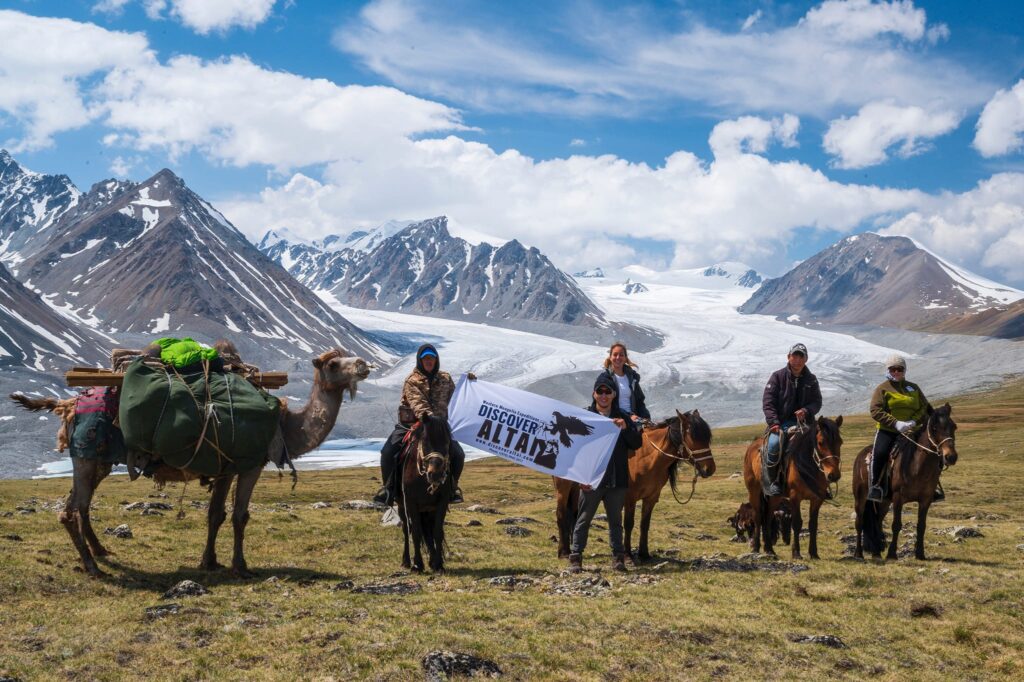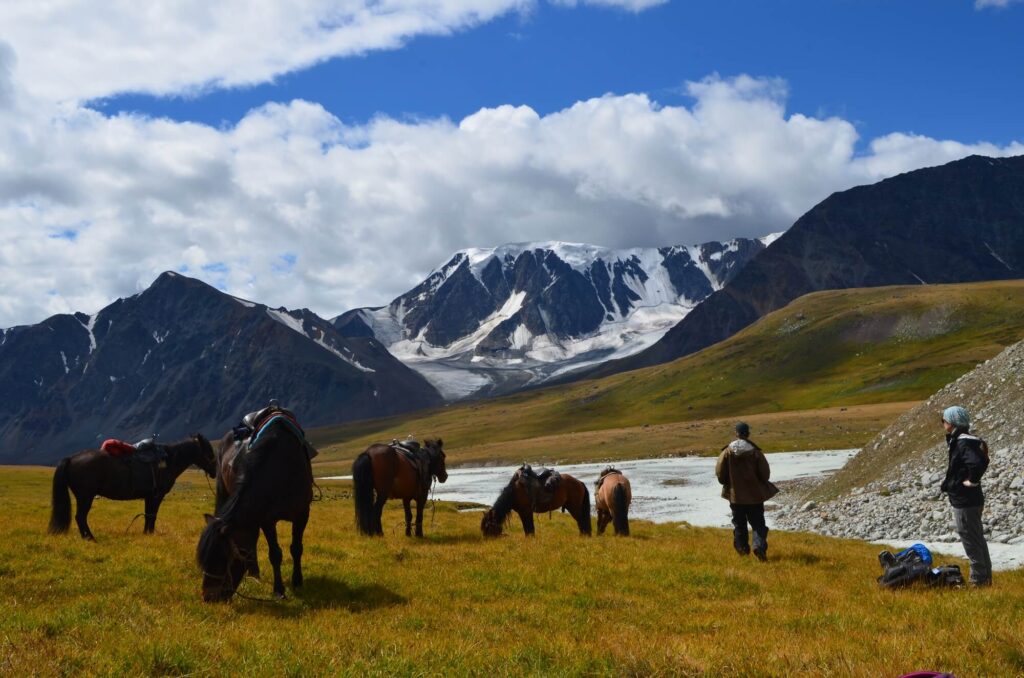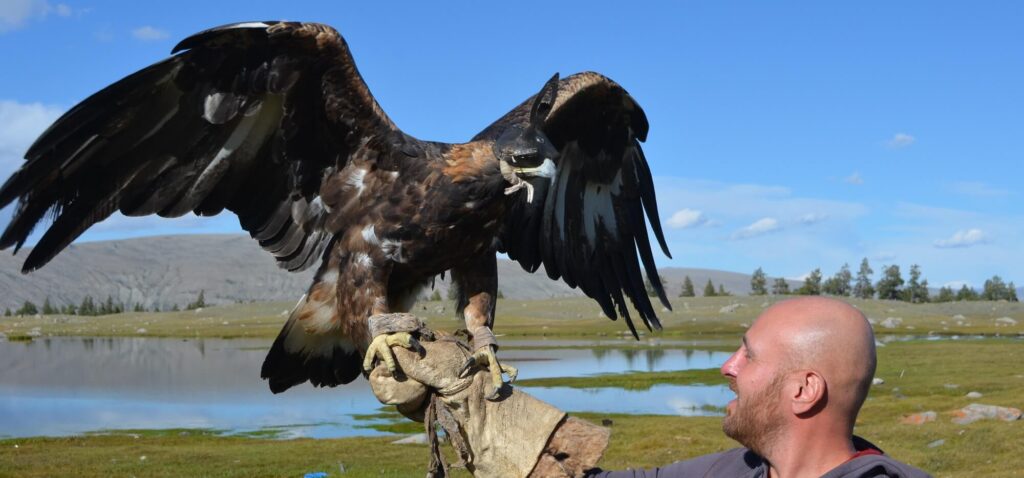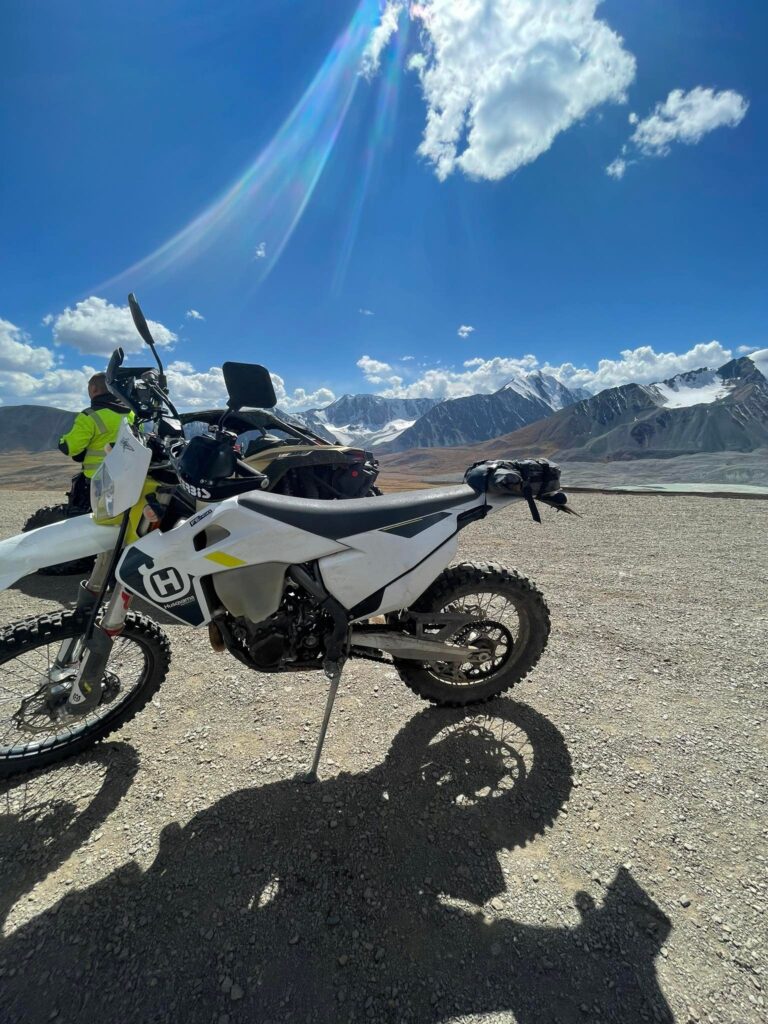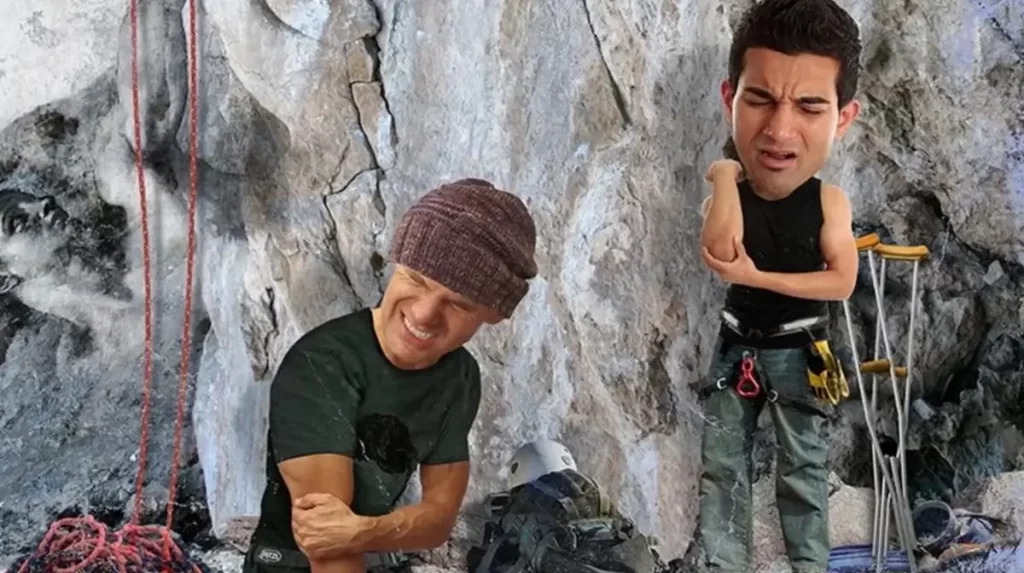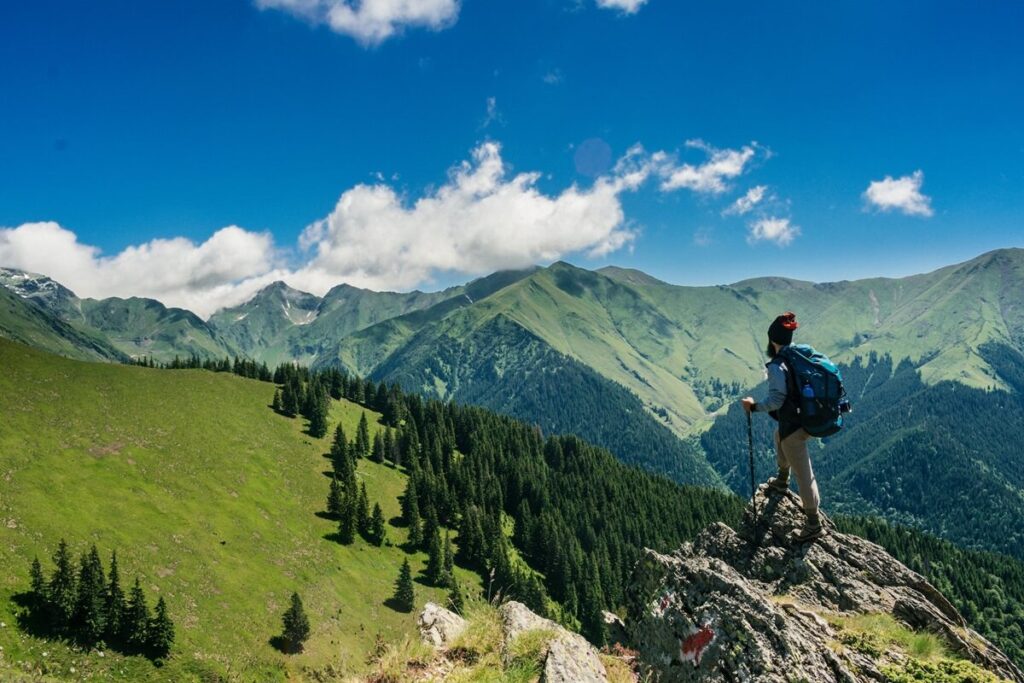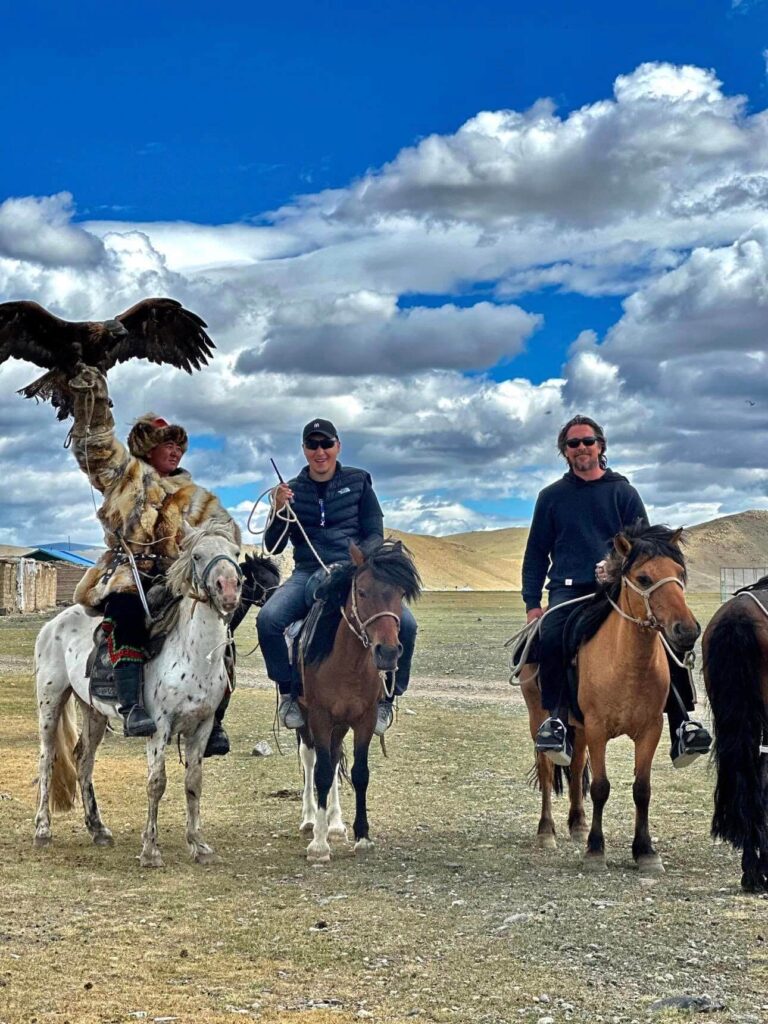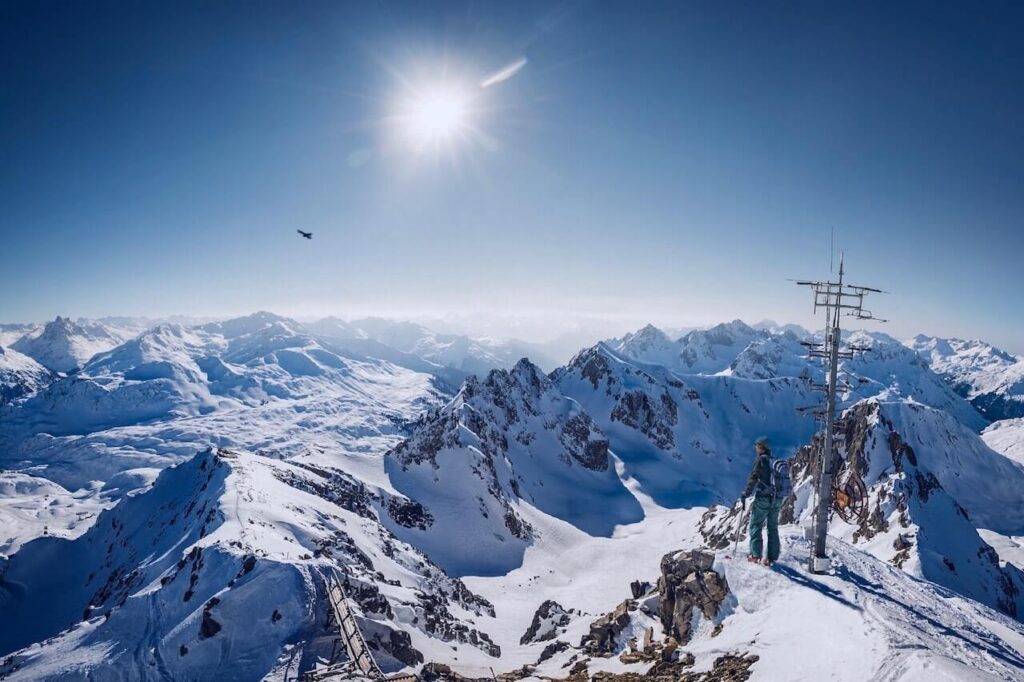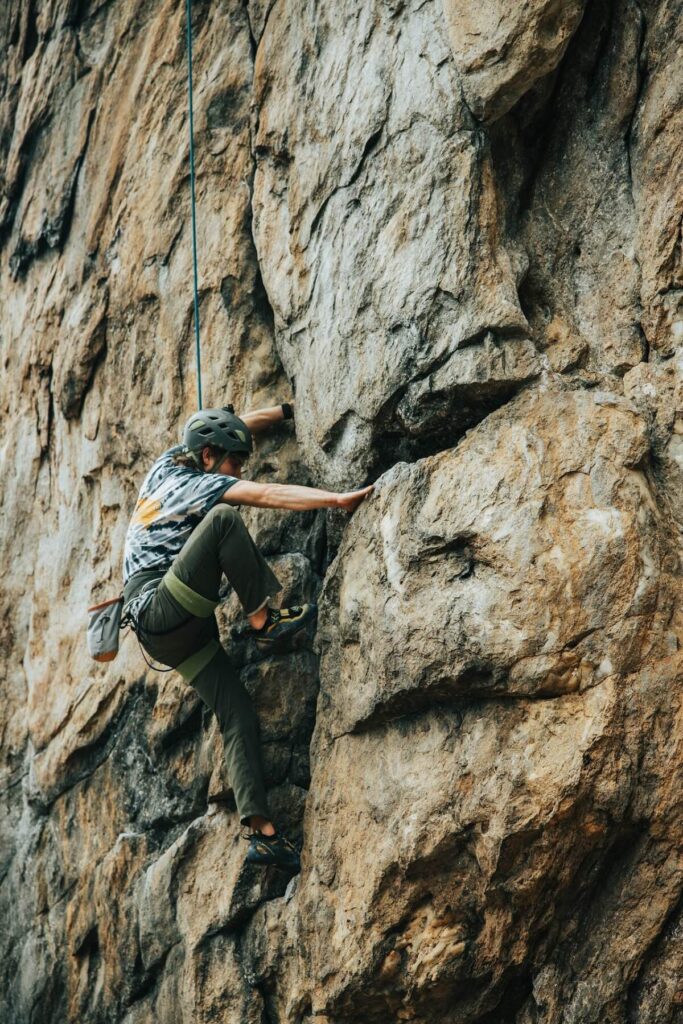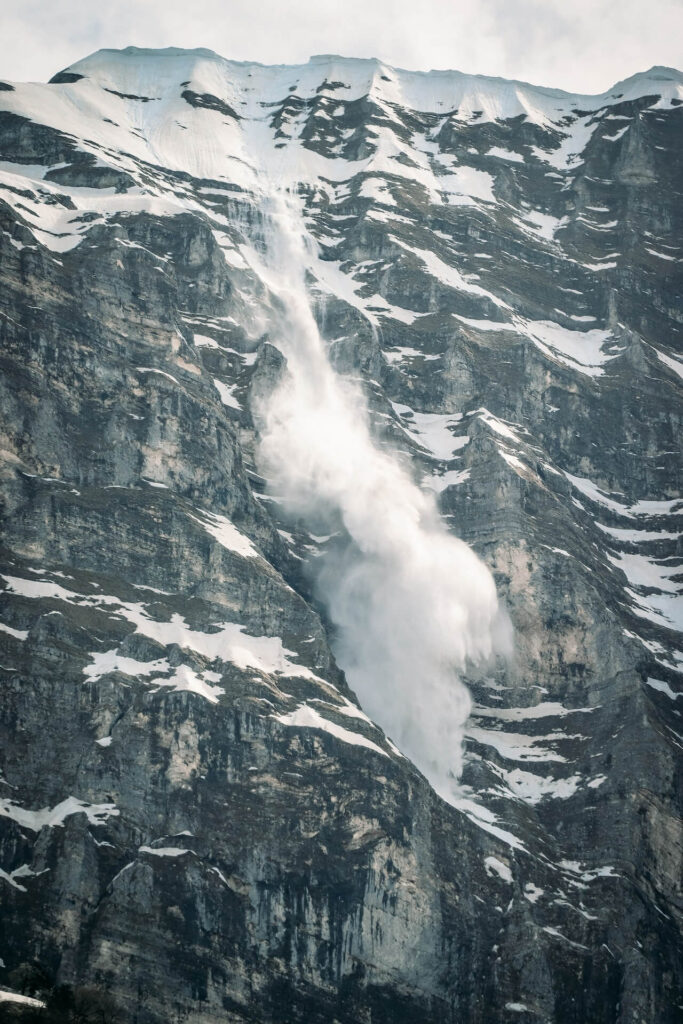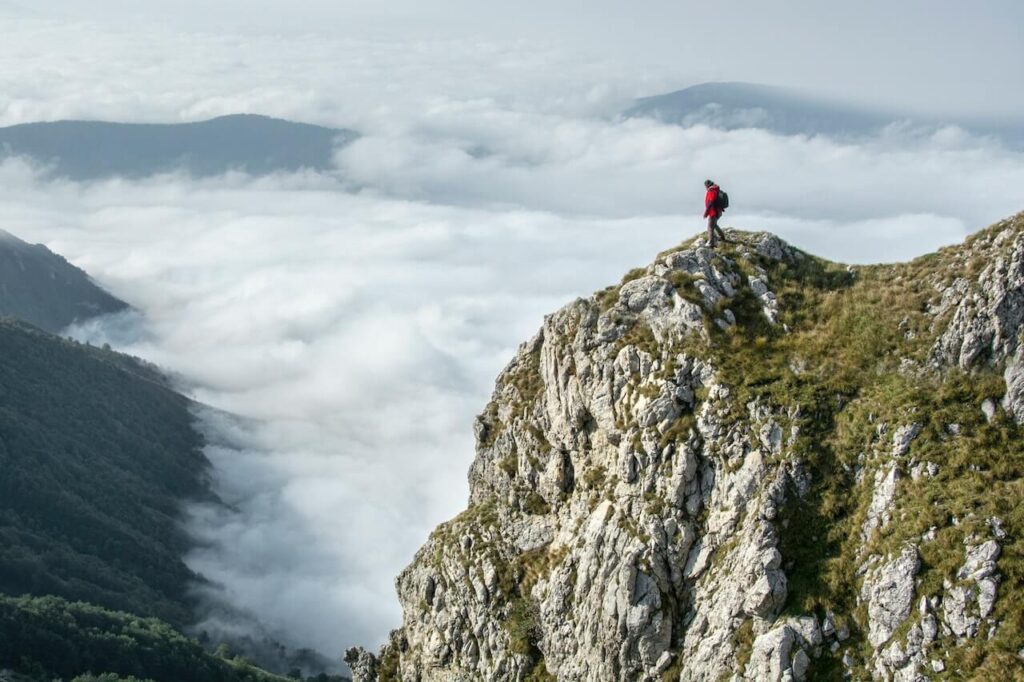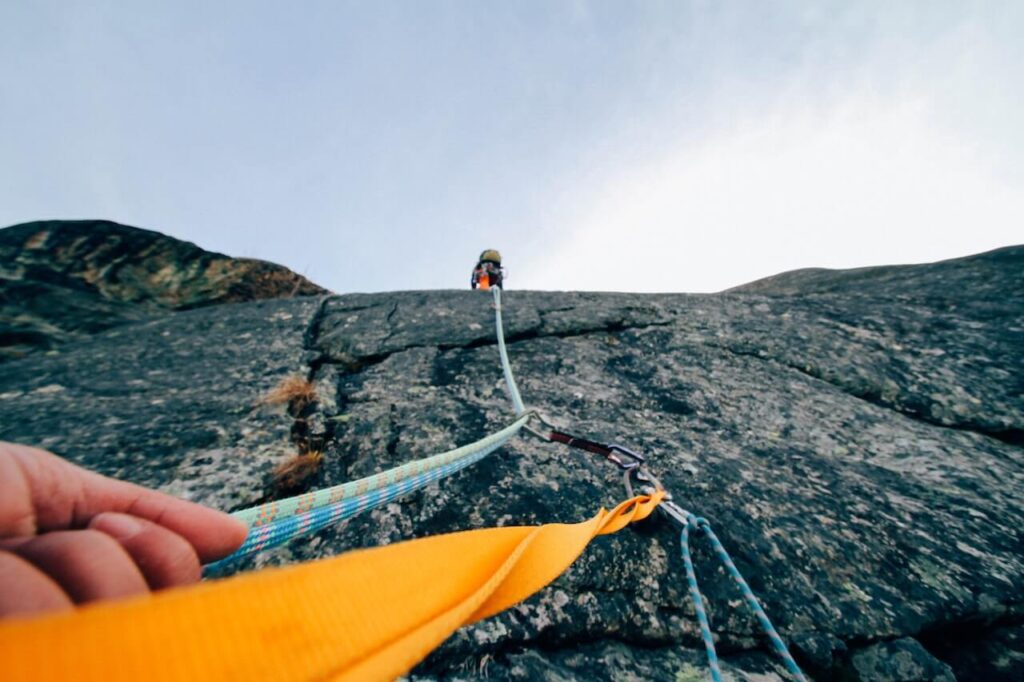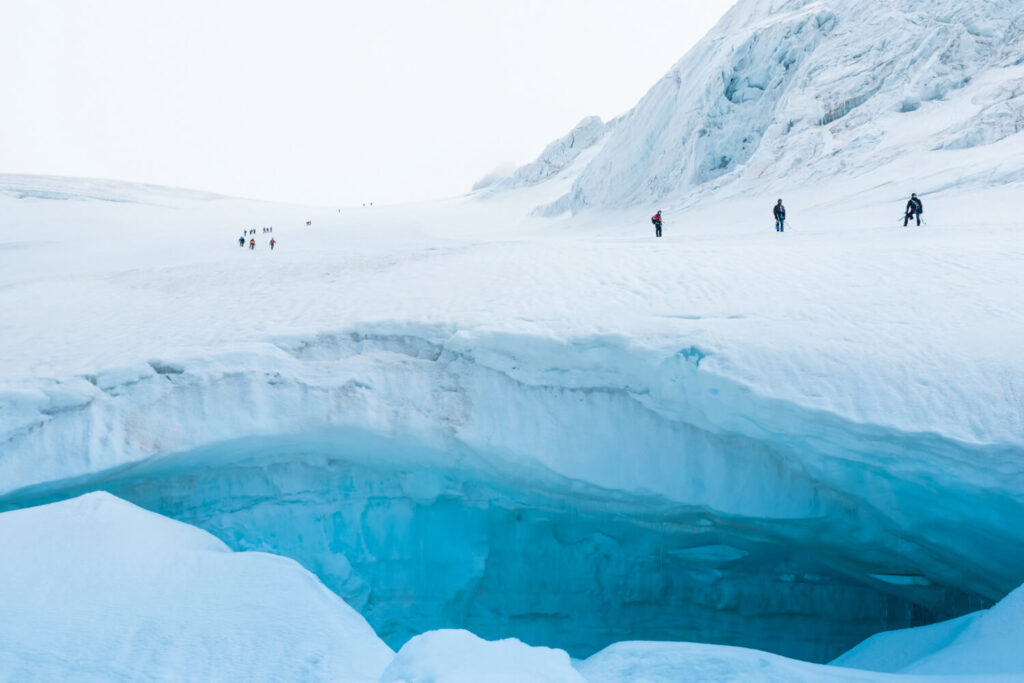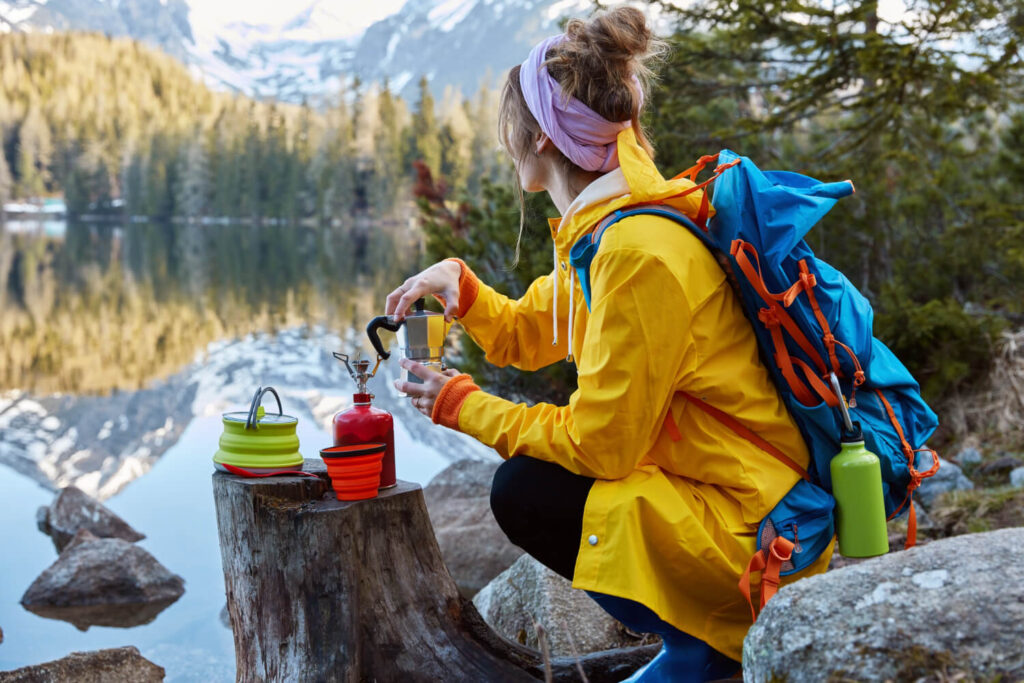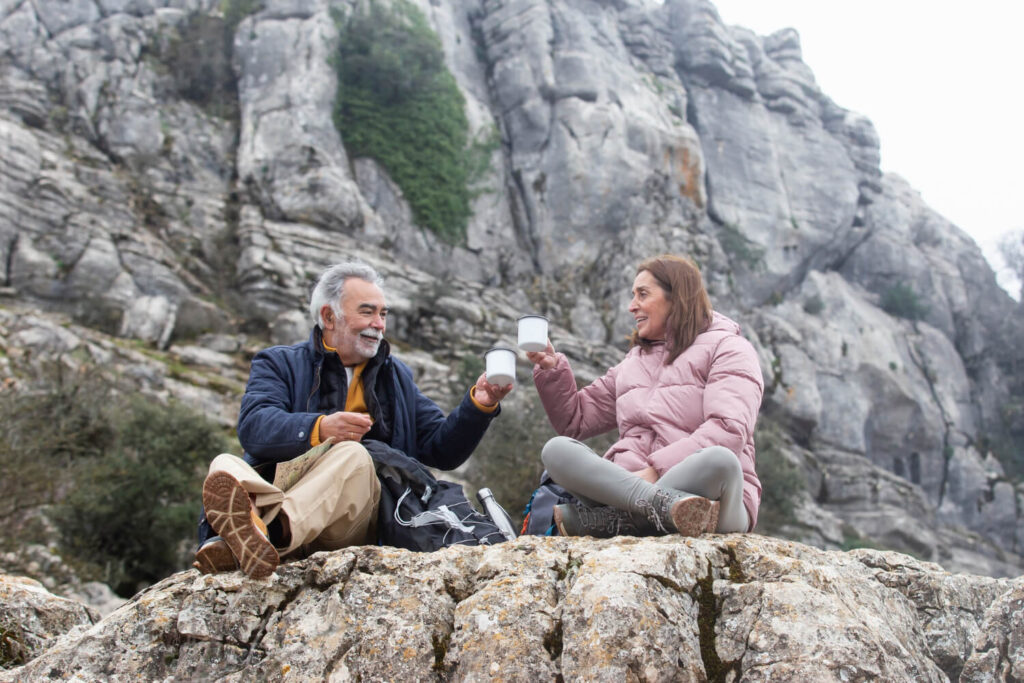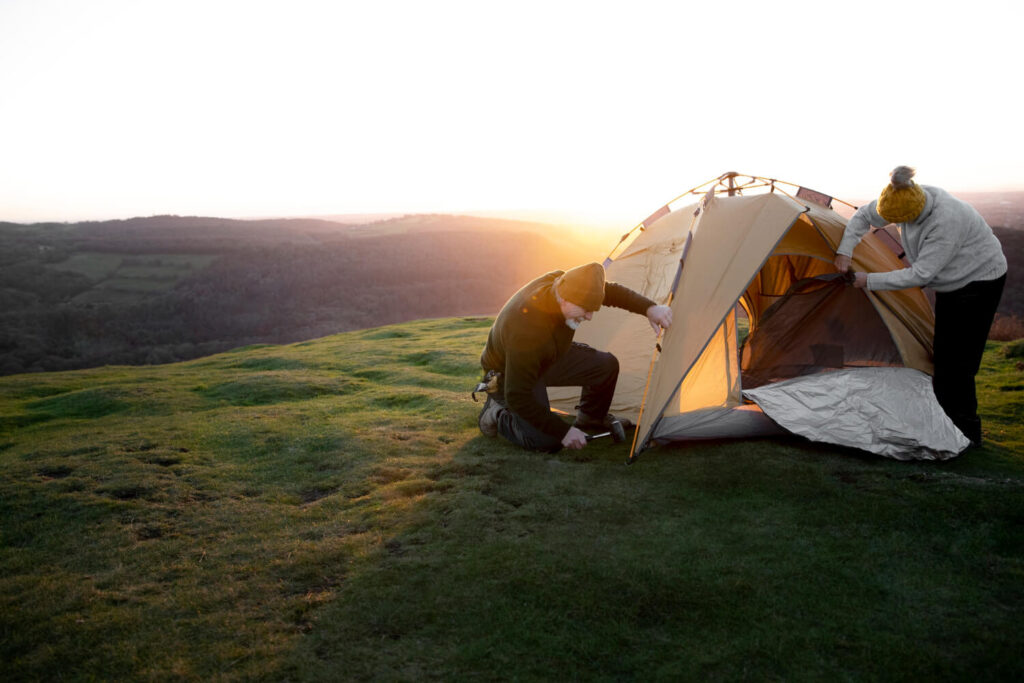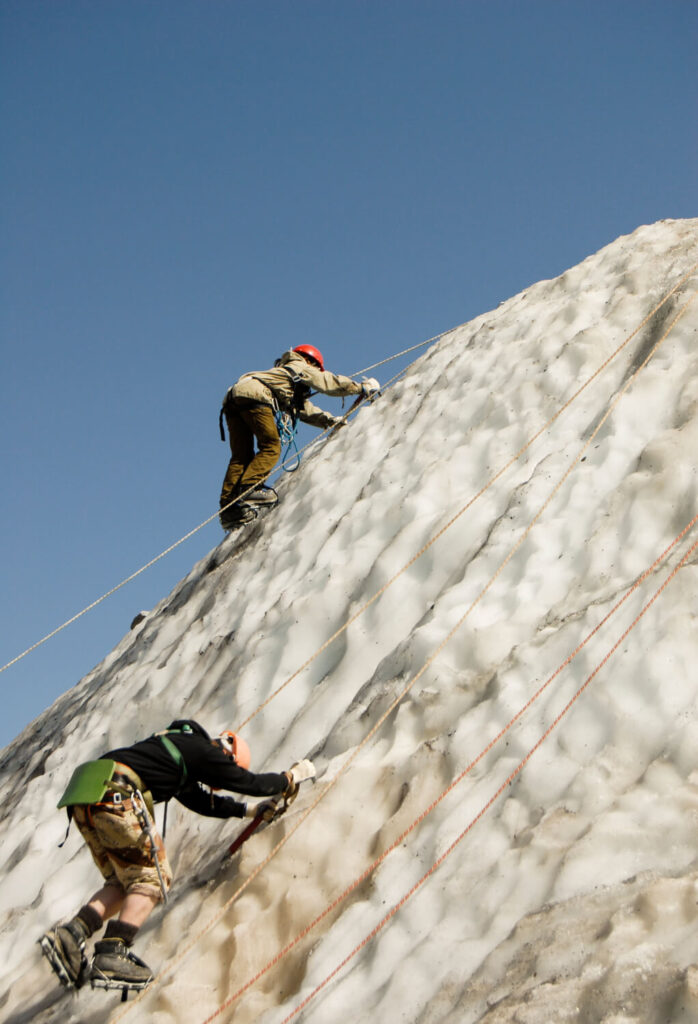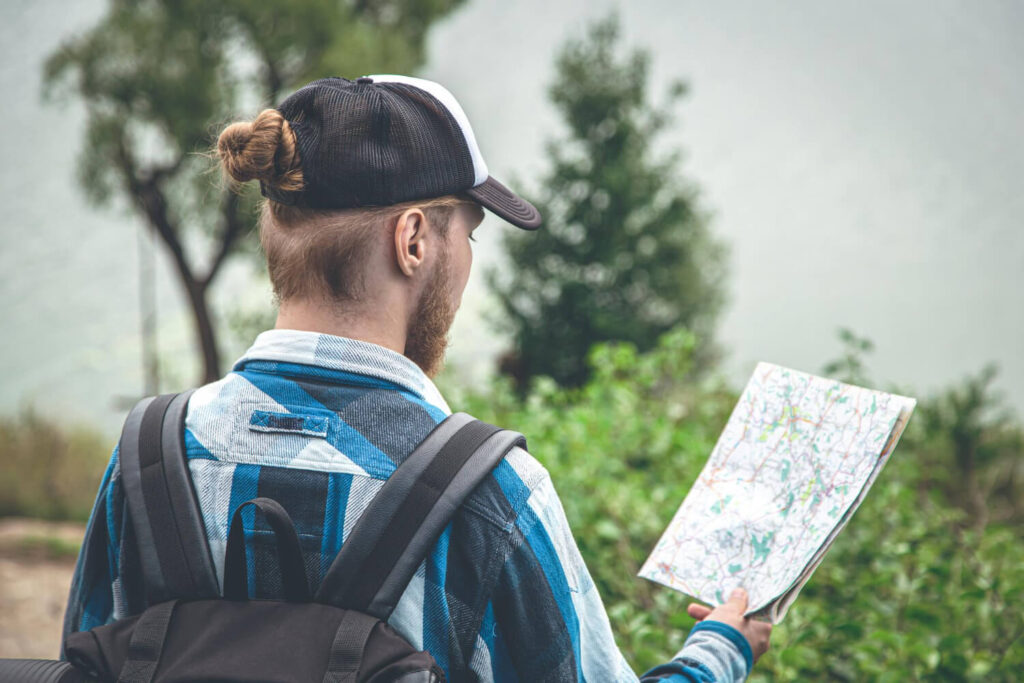Mountain climbing is an exhilarating and adventurous activity that has captivated the hearts of many adventurers throughout history. Scaling towering peaks and conquering rugged terrains provide a sense of accomplishment and awe-inspiring views.
However, the pursuit of this thrilling experience comes with inherent mountain climbing risks that must be understood and respected.
We offer you CLIMB MOUNT KHUITEN MONGOLIA. Mount Khuiten is the highest peak in Mongolia, which is located in the remote area of the Mongolian Altai region. It will be wonderful 🤩🤩
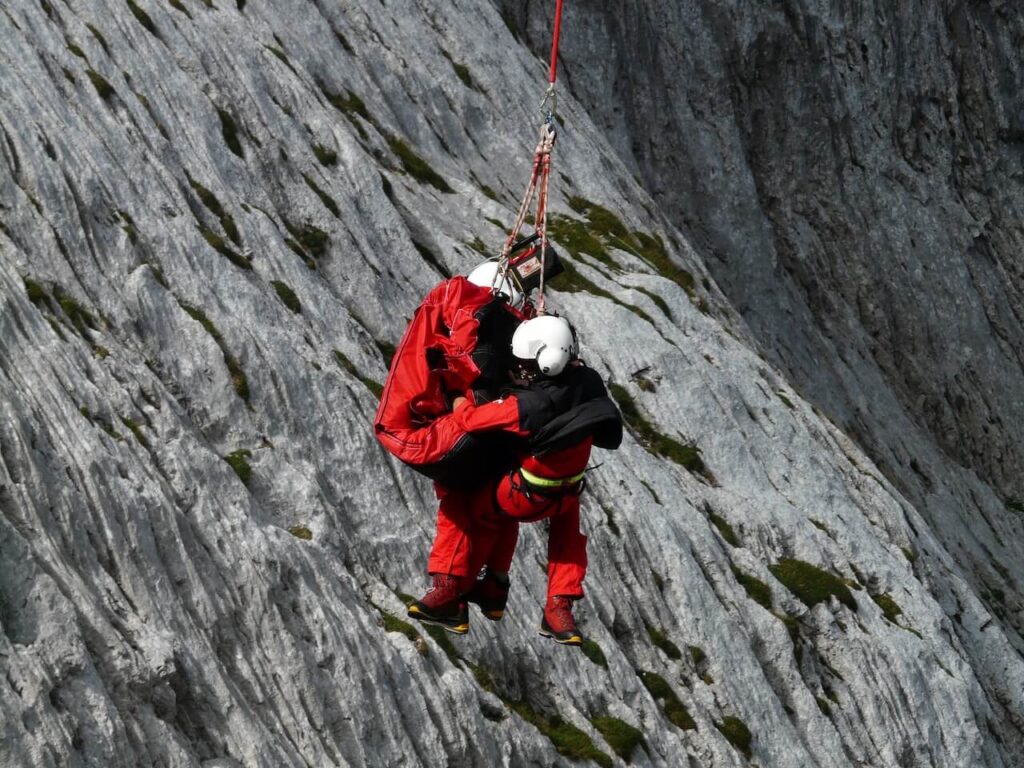
Mountain climbing is an extreme sport that pushes individuals to their limits physically, mentally, and emotionally.
It involves scaling steep slopes, navigating treacherous paths, and enduring extreme weather conditions.
The allure of standing atop majestic peaks and witnessing breathtaking vistas attracts adventurers from around the world. However, it is crucial to recognize and prepare for the risks that accompany this pursuit.
The Physical Challenges of Mountain Climbing
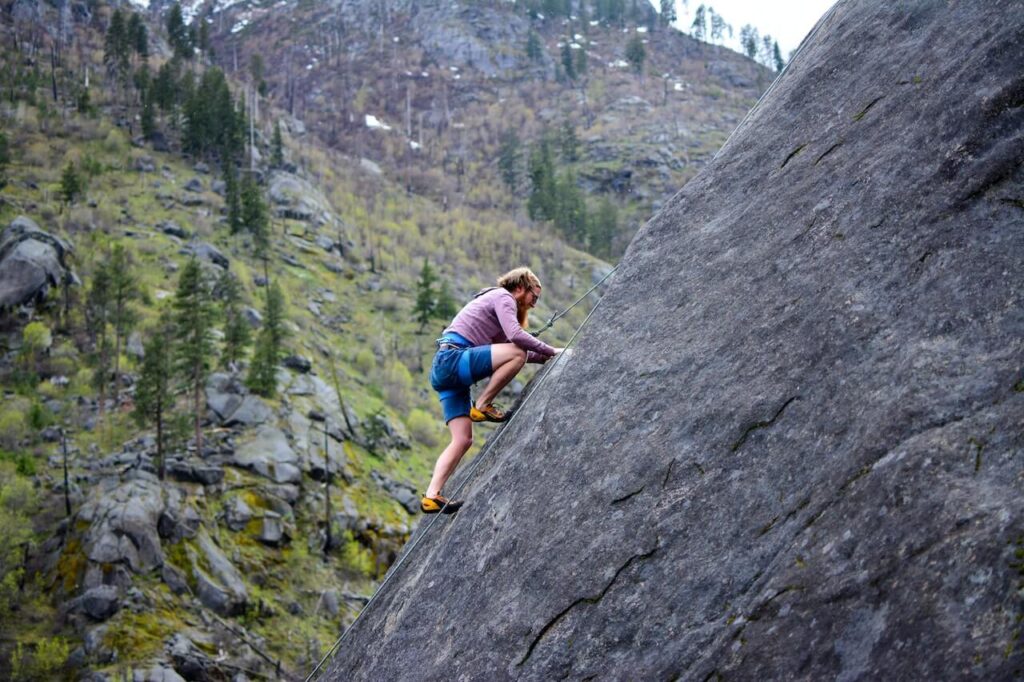
Altitude Sickness: As climbers ascend to higher altitudes, the reduced oxygen levels can lead to altitude sickness. Symptoms include headaches, nausea, dizziness, and fatigue. In severe cases, it can progress to life-threatening conditions like high-altitude pulmonary edema (HAPE) and high-altitude cerebral edema (HACE).

Extreme Weather Conditions: Mountainous regions are notorious for rapidly changing weather patterns. Climbers often face blizzards, strong winds, extreme cold, and unpredictable storms.
These conditions increase the risk of frostbite, hypothermia, and reduced visibility, making navigation treacherous.

Technical Difficulty: Mountains present various technical challenges such as steep inclines, icy slopes, and narrow ridges. Climbers must possess advanced technical skills, including rock and ice climbing, rope management, and route finding. Lack of expertise can lead to accidents and injuries.
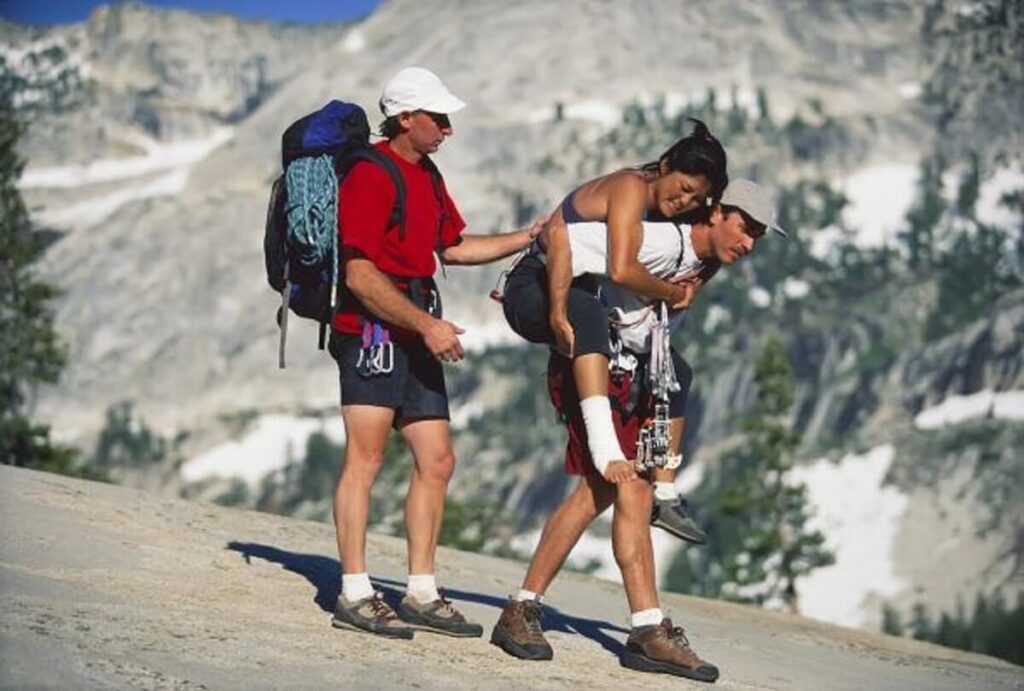
Avalanches: Mountain slopes can be avalanche-prone, particularly in winter or during unstable weather conditions. Avalanches can bury climbers under tons of snow, leading to injuries or fatalities. Understanding avalanche forecasts and taking appropriate precautions are crucial.
Rockfalls: Loose rocks and boulders pose a significant risk during mountain climbs. Falling rocks can cause severe injuries or even prove fatal. Climbers should exercise caution, wear helmets, and choose routes that minimize exposure to rockfall-prone areas.
Crevasse Falls: Glacier-covered mountains can hide deep crevasses beneath their icy surface. A misstep or lack of awareness can result in falling into these hidden crevasses, leading to serious injuries or death. Roped travel, proper route assessment, and knowledge of glacier travel techniques are vital.

Health and Safety Precautions
To mitigate the risks associated with mountain climbing, thorough preparation and adherence to safety guidelines are essential. Here are some crucial health and safety precautions climbers should follow:
Physical & Mental Fitness and Training
Mountain climbing demands excellent physical fitness and stamina. Prior mountaineering training, including cardiovascular exercises, strength training, and endurance-building activities, helps prepare the body for the challenges ahead.
Acclimatization: Ascending to high altitudes too quickly can result in severe altitude sickness. Adequate acclimatization involves gradual exposure to higher elevations, allowing the body to adapt to reduced oxygen levels. This process reduces the risk of altitude-related illnesses.
Fear and Anxiety: Navigating exposed and dangerous terrain can evoke fear and anxiety in climbers. Overcoming these emotions is crucial for making rational decisions and maintaining focus. Training in mindfulness and mental resilience techniques can help climbers manage fear effectively.

Decision-Making Under Pressure: Climbers often face situations that require quick and critical decision-making.
Unpredictable weather changes or encountering unforeseen obstacles demand the ability to assess risks and make prudent choices promptly. Clear communication and teamwork play vital roles in these situations.
Isolation and Loneliness: Long expeditions in remote mountain regions can lead to isolation and feelings of loneliness. Being away from familiar surroundings and loved ones for extended periods can affect mental well-being.
Developing coping mechanisms and maintaining communication with the team and loved ones is crucial.
Proper Gear and Equipment
Climbers must invest in high-quality gear and equipment designed for mountainous conditions. This includes sturdy hiking boots, warm and waterproof clothing, harnesses, helmets, ropes, and crampons. Appropriate gear ensures safety and enhances performance.
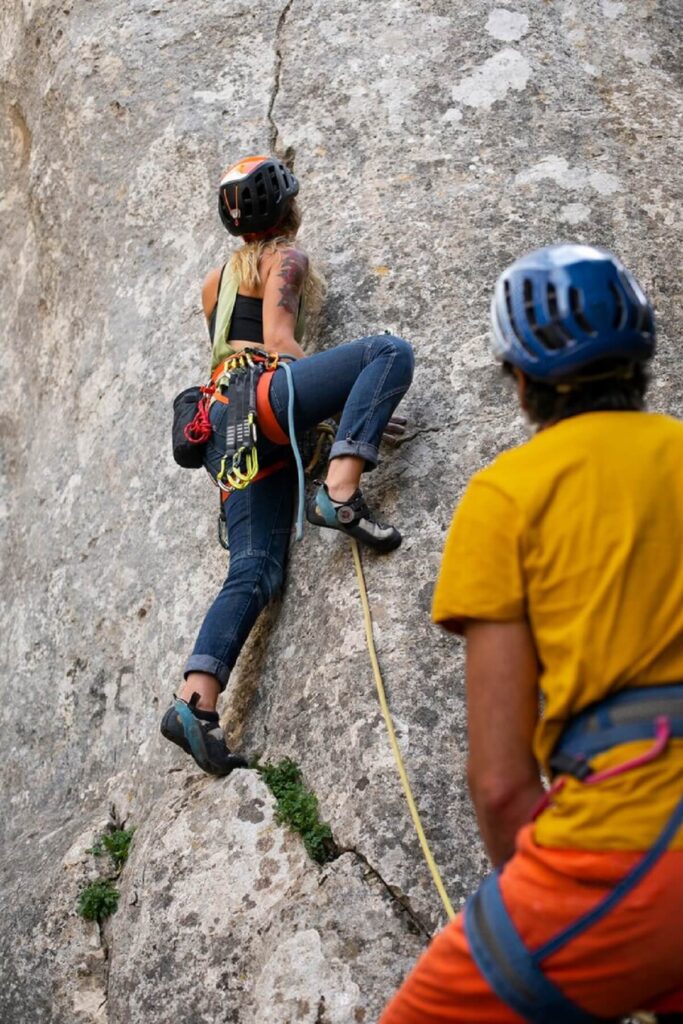
Experienced Guides
Engaging experienced and certified mountain guides significantly enhances safety. Guides possess extensive knowledge of the terrain, weather patterns, and emergency procedures. Their expertise and guidance can help prevent accidents and handle unforeseen circumstances effectively.
Risk Management and Mitigation Strategies
To ensure a safer mountain climbing experience, climbers should implement effective risk management strategies:
Thorough Planning and Research
Climbers should thoroughly research the mountain, its conditions, and potential risks before embarking on an expedition. Detailed route planning, studying weather forecasts, and gaining knowledge from experienced climbers contribute to a well-prepared journey.
Teamwork and Communication
Effective teamwork and communication within the climbing team are paramount. Regular check-ins, sharing observations and concerns, and making collective decisions enhance safety and mitigate risks.

Contingency Plans
Creating contingency plans for unforeseen circumstances, such as changes in weather, equipment failures, or injuries, is crucial. These plans should include alternative routes, emergency shelters, and evacuation procedures.
Regular Check-Ins and Monitoring
Periodic check-ins with base camps or support teams can help monitor climbers’ progress and ensure their well-being. Establishing communication protocols and sticking to check-in schedules are essential for safety.
Mountain climbing offers unparalleled experiences, but it also comes with inherent risks. Understanding and mitigating these risks through proper preparation, safety measures, and risk management strategies are essential for a safe and enjoyable climb.
By respecting the mountains, honing skills, and prioritizing safety, climbers can embark on exhilarating journeys while minimizing potential hazards.

